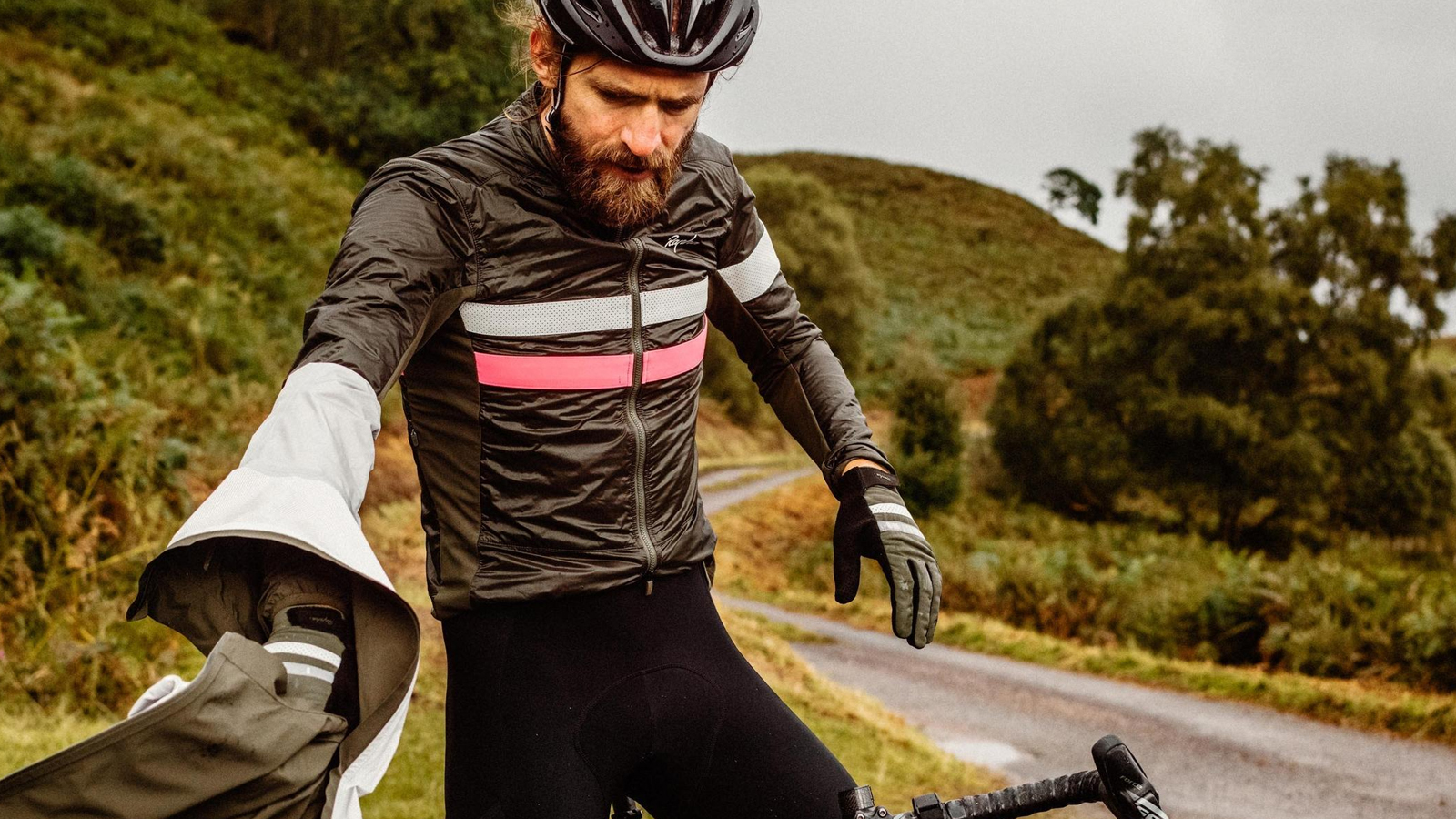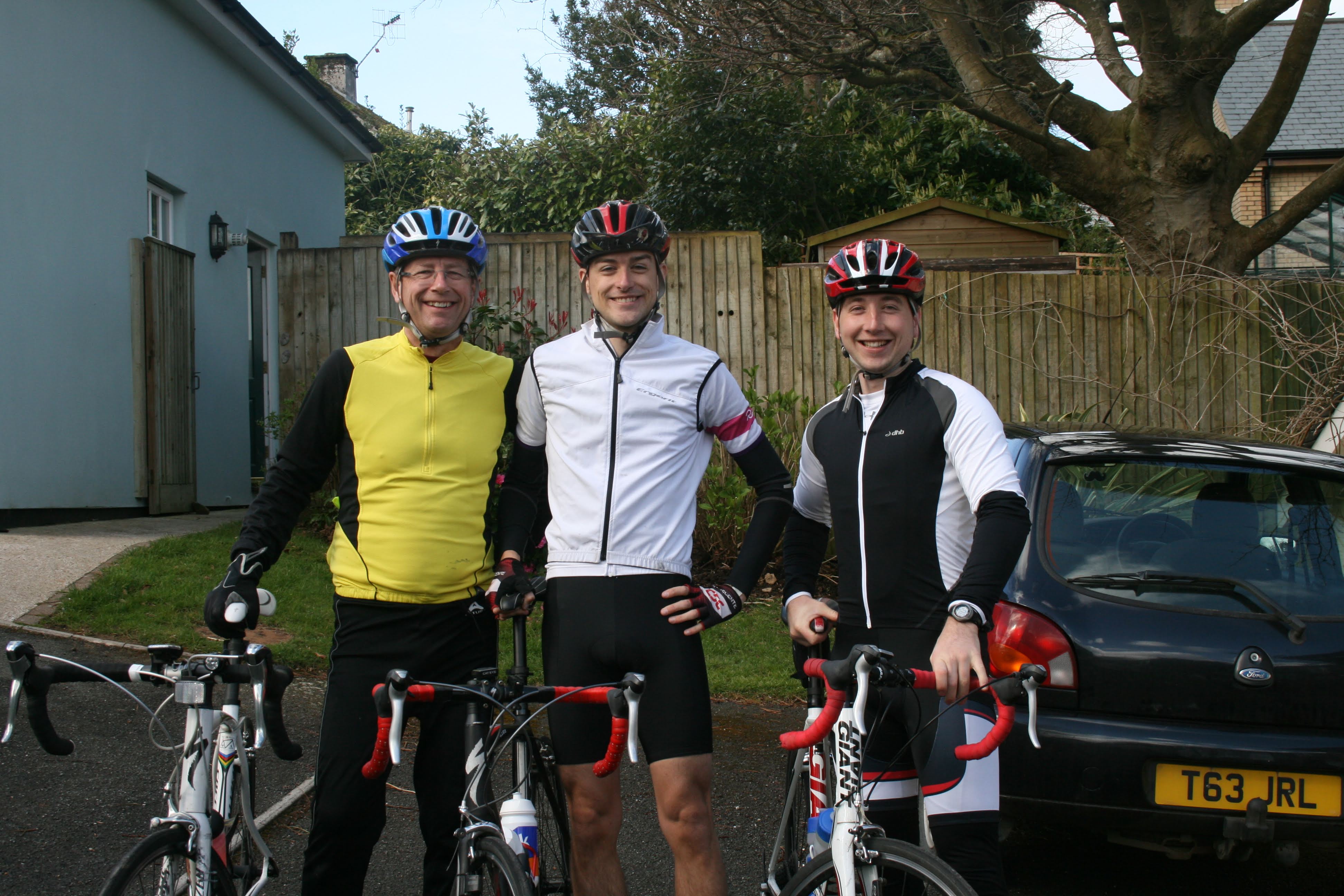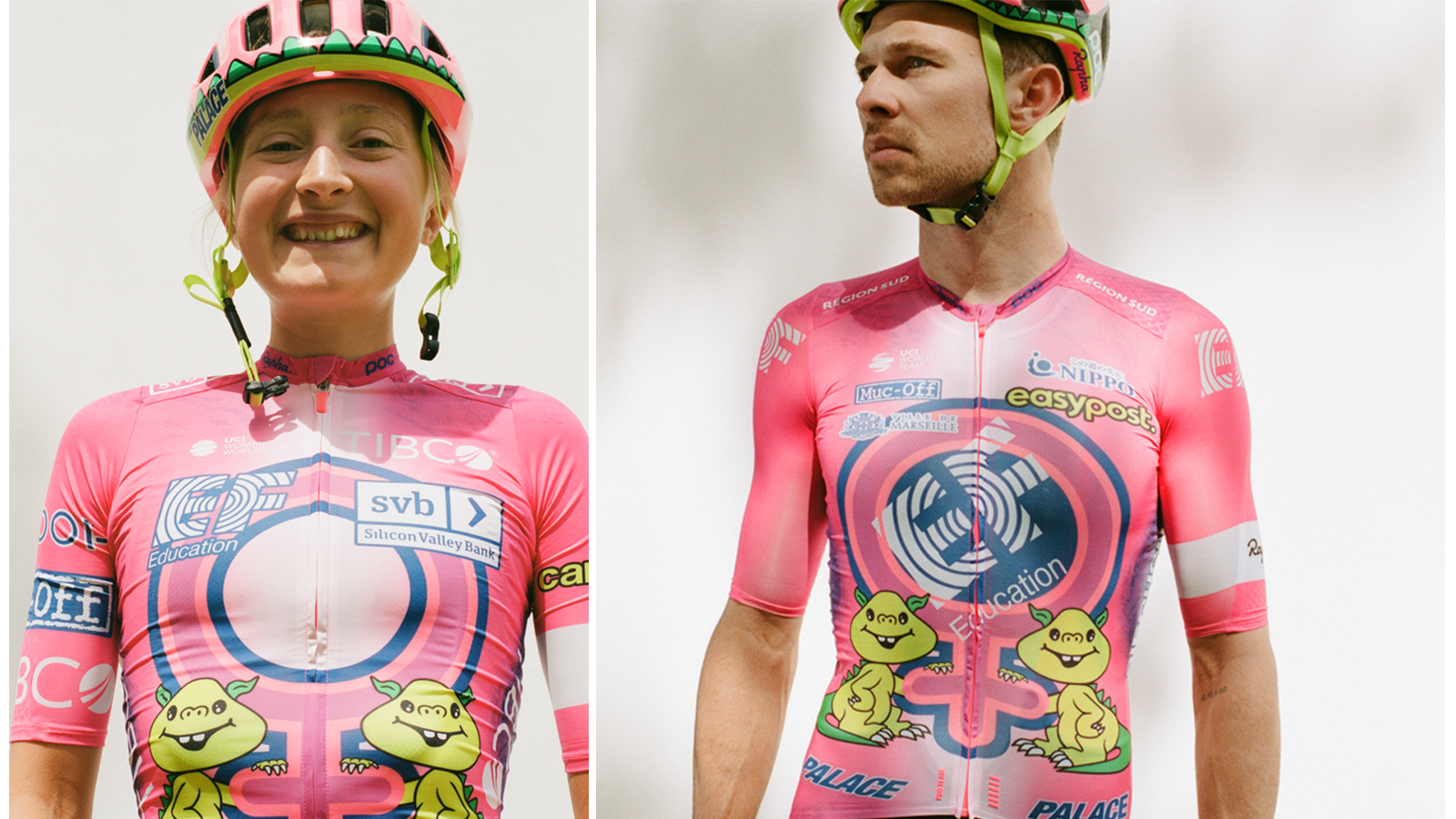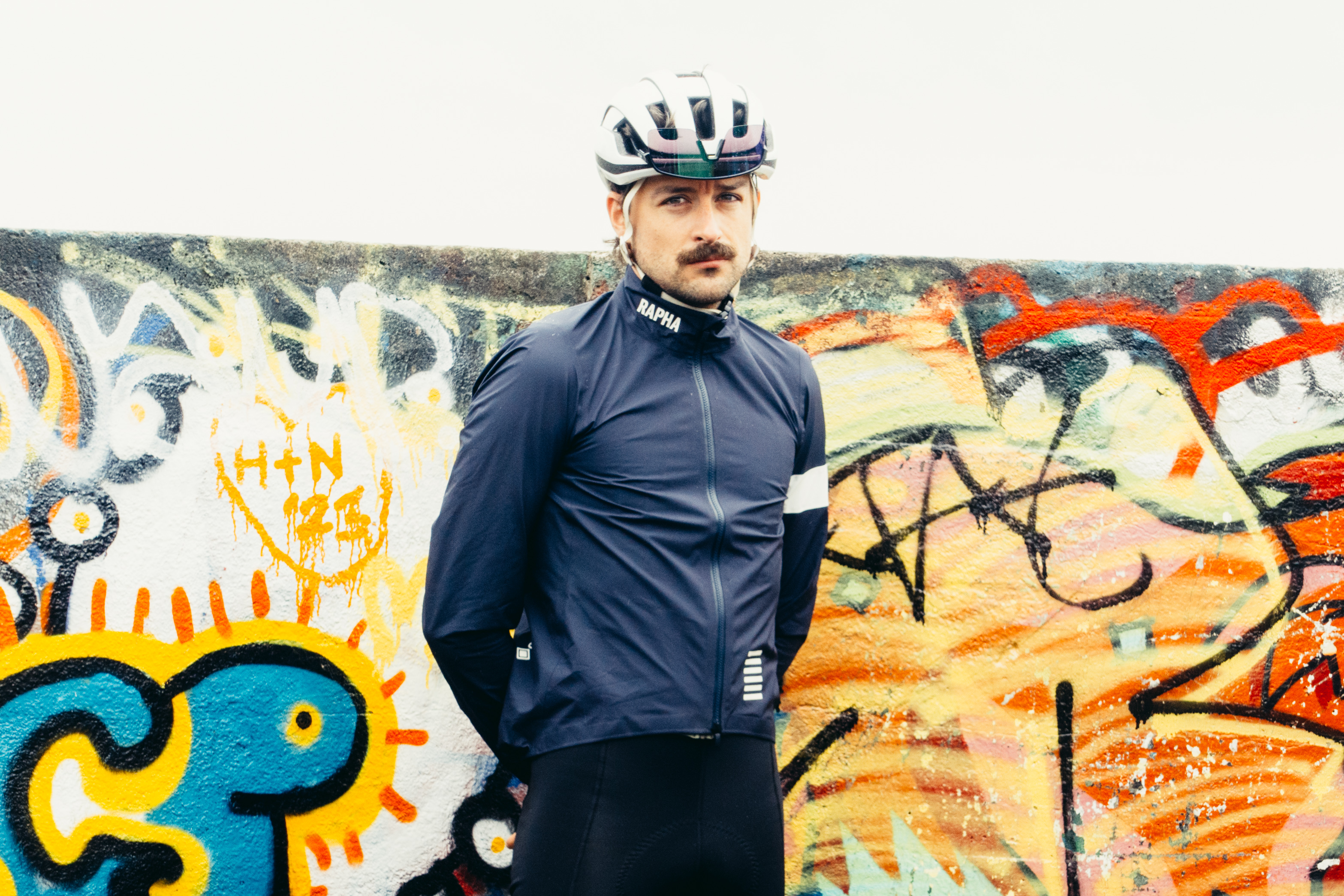Opinion: Rapha singlehandedly made road cycling cool, and I'll be genuinely upset if it disappears
I’d argue no other brand has had a greater impact on cycling culture

This morning I wrote a fairly bland, financial story outlining that Rapha has reported a loss for the seventh year in a row. It was awash with technical terms like EBITDA and pre-exceptional losses; the terms I really never thought I’d be using as a cycling journalist. It’s chugging along nicely, and will probably be the top tech story of the day before being buried into obscurity. The story was posted to Instagram, after which I went to the gym, had a sauna, and packed a small test ride in on the new Brompton G Line.
On returning home after this brief foray I was surprised to see that such a seemingly beige financial story had lit up the comments. At the time of writing over 100 people have weighed in on their mobile keyboards, and the majority of them seem to be gleefully enjoying the fact that the brand is in financial disarray. Most, but not all of them seem to focus on the brand being ‘overpriced’, or that it’s not cool anymore.
This latter point kind of sent my head into a spin as I’d argue that no brand has done more than Rapha to make cycling as a whole cool. If it continues to post losses, and eventually goes under, it will be a huge loss, not just in terms of the genuinely good product the brand produces - I’ll get to that in a bit - but in terms of the cultural void it would leave behind.

Cycling used to be lame
I have ridden bikes my whole life, but growing up nobody besides the occasional oddball and my best friend Henry had any inclination to ride a road bike. They simply weren’t cool. BMX was cool, mountain bikes were cool, but road cycling was that thing they did in the olympics on the velodrome.
I do quite vividly remember buying my first road bike - or rather my mum buying it for me - when I was a student and swiftly realised in term one of university that commuting on a 26” dirt jump bike that was heavier than the sun in hilly Yorkshire wasn’t the one. Out went the daft purple skatepark botherer, in came the Specialized Allez, a bike I have waxed lyrical about in the past. I never felt cool, but I could at least get to my lectures much more quickly, and occasionally ride hungover into the Yorkshire Dales for a cooked breakfast.
What I also remember quite vividly is buying my first cycling jersey. It was the 2011 Etape du Tour Rapha jersey, which I purchased on sale not knowing that to buy such a jersey without having completed the Sportive was something of a faux pas. Still, I felt a million dollars because instead of block colour jerseys with flashes of red and black, or miserable high vis yellow, I had come across a brand that seemed to stand apart in terms of actually putting some thought into aesthetics.

Standing on the shoulders of others
I’d be doing myself a journalistic disservice if I glossed over the fact that Rapha wasn’t the first to try and make cycling aesthetically pleasing. The design inspiration came directly from cycling teams of the past, and even the name from the St Raphael team that was home to the aesthetically very cool, if extremely troubled Jaques Anquetil. Other brands like Santini had done retro inspired goods in the past, but none had stuck in the same way.
Get The Leadout Newsletter
The latest race content, interviews, features, reviews and expert buying guides, direct to your inbox!
Part of what I think really made Rapha stick in the consciousness was the brand’s commitment to the details. The pink trim, the harkings back to days of old, the little labels on every single product that had some nugget of information that made you feel like you were part of something bigger, rather than just a weirdly dressed idiot riding a skinny-tyred bicycle in the rain for hours on end.
Then there were the films. Cycling media has evolved hugely, and Instagram and TikTok have warped things so much that it’s almost unrecognisable, but the Rapha Continental series of films were undeniably cool. I think they more than anything else cemented in the collective consciousness that having a truly miserable time is something to be lauded.
I have some very strong opinions about the cycling world’s relationship with ‘suffering’. It is certainly a factor that encouraged me to effectively have an eating disorder for quite some time, but despite this I have such a soft spot for these films even now. The one in Assynt, now 12 years old, is just peak cycling culture to me. Round tube frames, mudguards, bad weather, rim brakes, frame pumps, the occasional flash of a pink Chris King hub; these are the details that you were now permitted to get hot under the collar about with your riding friends. I’m afraid, for better or worse, I still hanker after a black steel road bike with rim brakes, mudguards, and pink hubs. Ideally an Ira Ryan or an early Breadwinner, but I’m not fussy.

Well chosen team associations
The riding itself was made to be cool, but I think the coming together of Rapha as a brand with the peak of Team Sky in 2013 following the success of Bradley Wiggins and Mark Cavendish was part of a bigger watershed for cycling, particularly in Britain. Cycling was cool, and road racing was cool, and if you wanted to be cool you wore Rapha.
The sponsorship of the team ended in 2016, but the brand has - I think it’s pretty fair to say - jumped ship to the coolest team in the WorldTour. In terms of cultural impact post Team Sky the robotic, metronomic antics of Sky, Ineos, and latterly Jumbo Visma have been cleaned from our collective palettes by EF’s annual switch-out kits, and most pertinently the collaborations with Palace Skateboards.
Like it or not the Palace jerseys moved what was quite a stayed road cycling aesthetic into the world of street culture. I think it’d be a stretch to say it’s a part of that market at all, but without moves like that cycling would very possibly just have continued to be cool within cycling circles, rather than how it is today where it’s effectively a complete lifestyle marketplace.
In the women's peloton too it's had a similar impact. While the early EF jerseys stood out, they never really broke the mould. The Jerseys worn on the shoulders of Canyon-SRAM showed what could really be done if the rulebook was ripped up, and I'm sure these are in no small part to blame for the fact that the jerseys of the women's peloton are on the whole far more visually pleasing than in the men's.

The ‘overpriced’ claims
The stuff was always expensive, and during a time when it had little to no competition in terms of really premium gear besides the incredibly euro Assos, it cemented an air of elitism that I fear it’s never really shaken off entirely.
The fact that cycling to some extent has become the new golf, and the premium aesthetic attracted the recent and soon-to-be retired clientele is another problem the brand has tried very hard to overcome. The commenters seem to bemoan ‘Freds’ with their plain jerseys with the iconic arm stripe, seemingly forgetting that they likely thought that was the height of fashion just a handful of years earlier, if they were even into cycling then at all; there’s no getting around the fact that the sport has grown hugely since the brand’s inception, and so resting on one’s laurels isn’t a recipe for success.
Is Rapha gear overpriced? Some items probably are, but on the whole, the brand has moved past a period of making some quite insanely priced but normally well-meaning products. Half a sleeping bag was one that always sticks in my mind, but headphone collaborations with Bang and Olufsen aren’t ever going to get you a ‘man of the people’ image.
From my point of view, I don’t think Rapha gear is overpriced, especially in the context of the market as it is now. The kit is generally very well made, more so than many of the higher-price-point competitors in my experience, and items such as the Rapha Pro Team Gore-Tex Rain Jacket are class-leading. I’ve had some duds, but that’s the nature of making products; it can’t all be great.
Pas Normal, Maap, Attaquer, and a whole host of new brands have sprung up to take a bite of the giant aesthetic-forward pie that Rapha grew almost single-handedly, and the offerings from those brands often dwarf the British (or American, now the ownership has changed) option in terms of price.
Perhaps that’s the problem? Perhaps in a cycling marketplace where premiumification seems to be the order of the day the brand has found itself in no-man’s land. The brand aesthetic is, broadly speaking, the same as what it was 15 years ago, and it has made some pretty great strides to become a more inclusive brand - a fine example is the brand’s cycling hijab - but in losing its top-of-the-tree position it is now a lot of money for what some clearly see as mid-range.
However you view the brand is up to you, but without Rapha I don’t think we’d be in a position collectively to be able to argue in broad daylight, without a hint of self-consciousness, about the proper height of socks.

Will joined the Cyclingnews team as a reviews writer in 2022, having previously written for Cyclist, BikeRadar and Advntr. He’s tried his hand at most cycling disciplines, from the standard mix of road, gravel, and mountain bike, to the more unusual like bike polo and tracklocross. He’s made his own bike frames, covered tech news from the biggest races on the planet, and published countless premium galleries thanks to his excellent photographic eye. Also, given he doesn’t ever ride indoors he’s become a real expert on foul-weather riding gear. His collection of bikes is a real smorgasbord, with everything from vintage-style steel tourers through to superlight flat bar hill climb machines.